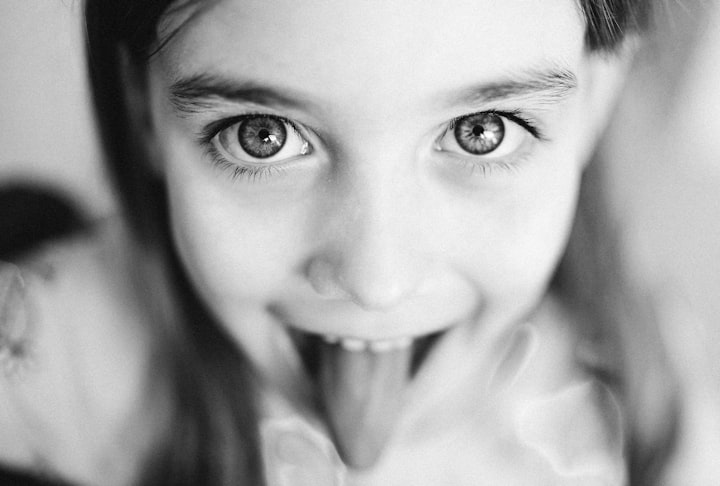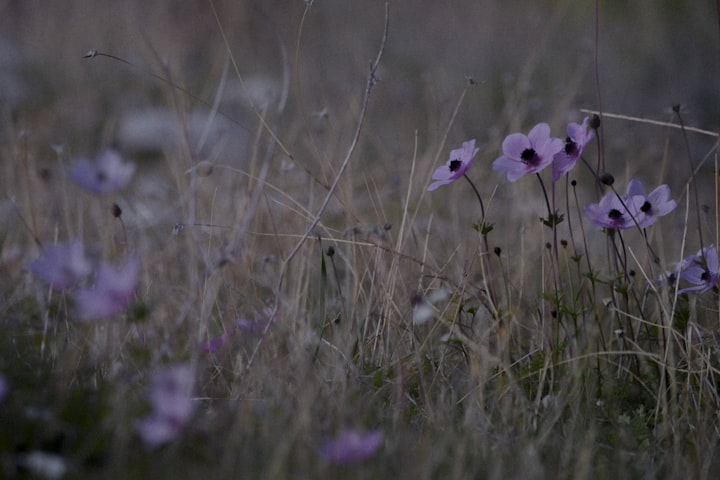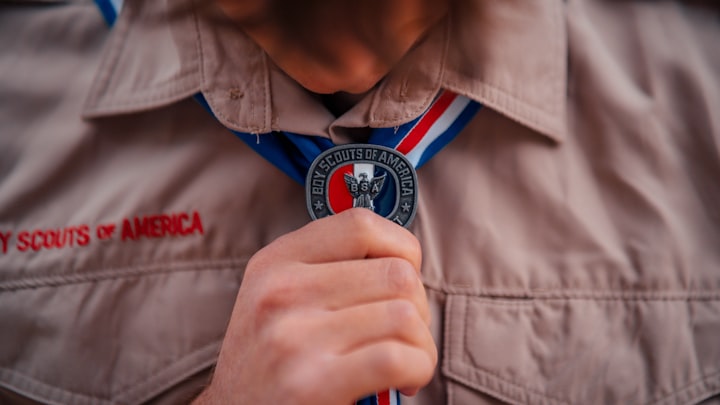The Similarities Between Our Tongues & Fingers
By Catherine Ingram

Did you know, that just like a unique fingerprint everyone also has a unique tongue print? Well tongues just like fingerprints differ from individual to individual. Not even identical twins share the same tongue pattern. I am just as surprised as you are. How is a tongue print like a fingerprint? How are they similar? What is so unique about the two of them. This was so fascinating when I first heard about it, I had to research it for myself to see.
A tongue print measures two main attributes. The first is the shape of the tongue. Some people have shorter tongues and some people have longer tongues. The second is the texture. You might be as surprised by this as I am. Tongues consist of several wrinkles, ridges, marks, and seams. Both the shape and texture differ from person to person. Making each and every one special and unique. If you look in a mirror you can see the different ridges and wrinkles. Also compare your tongue to a friend, sibling, or parent. See if you guys have a different shape and texture. Would be a fun science experiment.
Chinese researchers have started establishing a 3D tongue image database. Meaning tongue prints will be recorded through a high-tech digital camera. How it works is that the three in one sensor can reproduce images with the smallest details. Then the information can be digitized and processed through a unique diagnostic software. This makes use of histograms, bar graphs, and other tools to map the individual’s tongue. And while it will be some time before local police start taking tongue and fingerprints, the research for such technology is well under way.
Now on to the fingerprints which we are more familiar with than the tongue. Your fingerprints stay the same from the time you're born until death. Each fingerprint is special and unique. Like the tongue everyone has their own fingerprint that nobody else has, not even identical twins. Did you realize that you don't have to dip your fingers in ink to leave fingerprints? Sweat and body oils are constantly pushed out through tiny pores in our skin. These substances coat the ridges and lines of your fingers. That’s why when you are working out or spending time out in the sun you are more likely to see the patterns on your fingers than if you were just eating dinner or watching TV.
When you touch something, you transfer these substances to whatever you touch, leaving an imprint of the ridges and lines on your fingers. These fingerprints, called latent fingerprints, usually can't be seen by the naked eye. However, you can sometimes see them on certain objects, such as a glass bottle.
Scientists have known about these invisible fingerprints since the 19th century. As English scientist Sir Francis Galton wrote a book about using fingerprints to solve crimes. It was actually not until 1896, however, that Sir Edward Richard Henry would develop a way to classify fingerprints based upon their general ridge patterns: loops, whorls, and arches.
Henry's system of fingerprint identification, called dactyloscopy, has been modified slightly over time. Today, it is still used by law enforcement agencies all over the world. Over the last 100 years, advances in technology have helped law enforcement officers make even better use of fingerprints to help identify people and solve crimes.
As you can see our tongues and fingers are not as different as we thought. They are quite similar. From the textures, to wrinkles, and even sizes. This is another fact that proves how amazing the human body. Making each and every one of us special and unique in our own way.






Comments
There are no comments for this story
Be the first to respond and start the conversation.